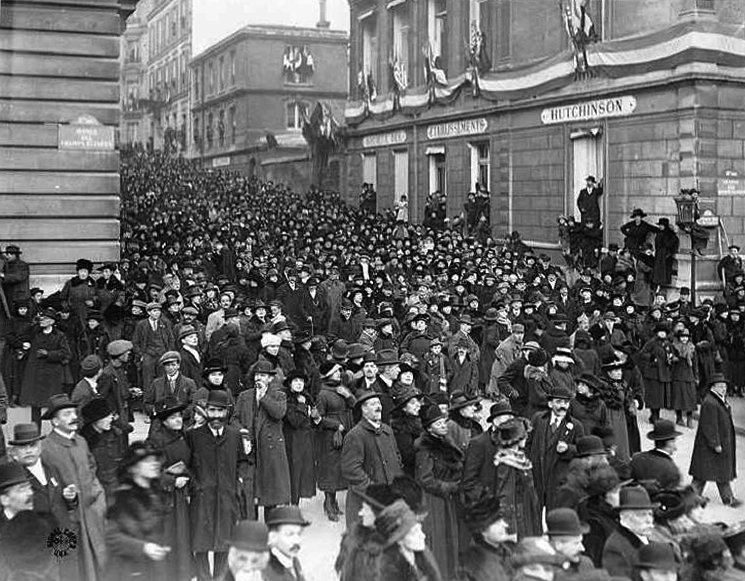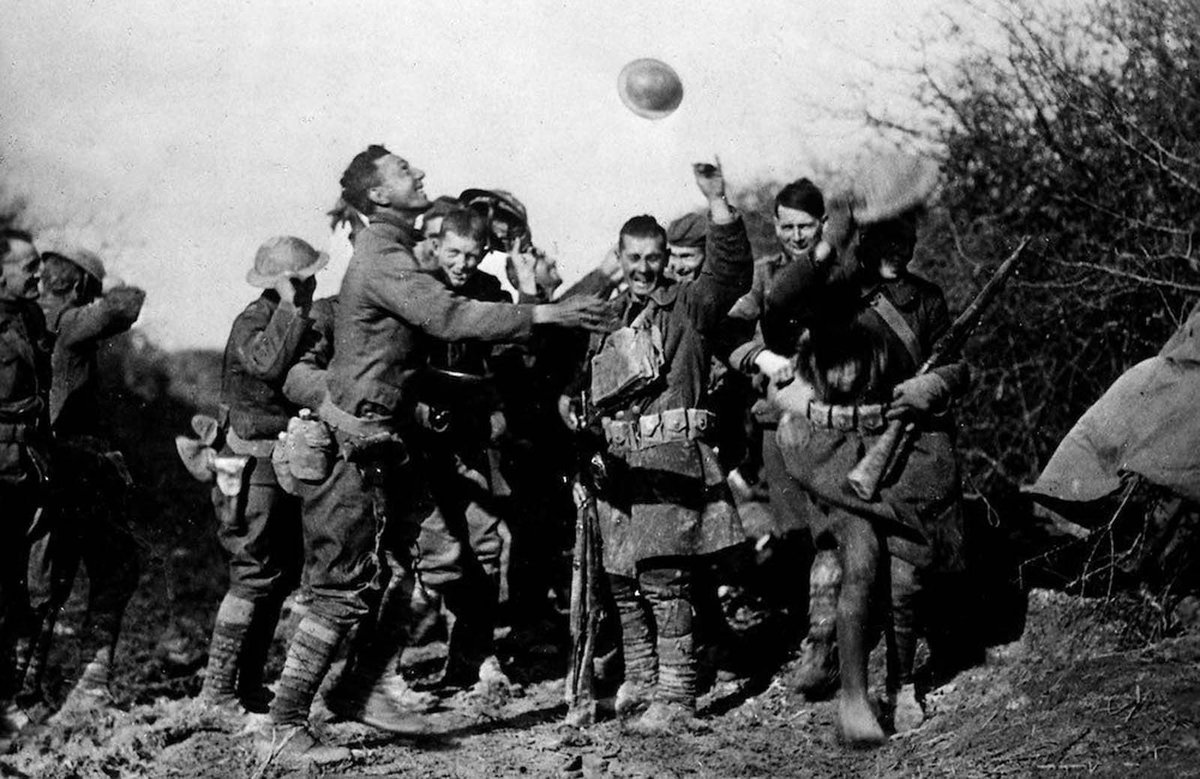
Sharing random stuff from 1800 to 1920s: fashion, stories, art, and a compilation of faces and cultures that coexisted then ✨ curated by @HelenaMontufo
3 subscribers
How to get URL link on X (Twitter) App




 This house is quite special because it is has been set up in a cabinet and not in a miniature building. Both Dutch and German influences can be seen in early English houses of the 18th century but, by and large, by the end of the 18th century the preference in England was for buildings in miniature.
This house is quite special because it is has been set up in a cabinet and not in a miniature building. Both Dutch and German influences can be seen in early English houses of the 18th century but, by and large, by the end of the 18th century the preference in England was for buildings in miniature.





 Despite her disability she learned to read and write, and to paint using her mouth. She was apprenticed to a man named Dukes, who exhibited her as an attraction throughout England. In the St. Bartholomew's Fair of 1808, she came to the attention of George Douglas,
Despite her disability she learned to read and write, and to paint using her mouth. She was apprenticed to a man named Dukes, who exhibited her as an attraction throughout England. In the St. Bartholomew's Fair of 1808, she came to the attention of George Douglas, 




 Mrs Bryant wanted to make a miniature record of the interior of her home. The only child-related object is a child's folding chair in the drawing room.
Mrs Bryant wanted to make a miniature record of the interior of her home. The only child-related object is a child's folding chair in the drawing room. 





 which took effect at eleven o'clock in the morning—the "eleventh hour of the eleventh day of the eleventh month" of 1918.
which took effect at eleven o'clock in the morning—the "eleventh hour of the eleventh day of the eleventh month" of 1918. 




 The setting for this daguerreotype is the teaching amphitheater of Boston’s Massachusetts General Hospital. Dr. John Collins Warren, cofounder of the hospital and professor of anatomy, stands with his hands upon the patient’s thigh, explaining the proceedings to a student
The setting for this daguerreotype is the teaching amphitheater of Boston’s Massachusetts General Hospital. Dr. John Collins Warren, cofounder of the hospital and professor of anatomy, stands with his hands upon the patient’s thigh, explaining the proceedings to a student



 She requested a confection smaller than a piece of cake that could be included in boxed lunches. The result was the Palmer House Brownie with walnuts and an apricot glaze. The name was given to the dessert sometime after 1893, but was not used by cook books or journals
She requested a confection smaller than a piece of cake that could be included in boxed lunches. The result was the Palmer House Brownie with walnuts and an apricot glaze. The name was given to the dessert sometime after 1893, but was not used by cook books or journals 






 The building of the current headquarters,designed by the Portuguese architect Rafael da Silva e Castro,was erected between 1880-87 in Neo-Manueline style. This architectural style evokes the exuberant Gothic-Renaissance style in force at the time of the Portuguese discoveries.
The building of the current headquarters,designed by the Portuguese architect Rafael da Silva e Castro,was erected between 1880-87 in Neo-Manueline style. This architectural style evokes the exuberant Gothic-Renaissance style in force at the time of the Portuguese discoveries. 





 It was named in the late 19th century as a reflection of its presumed origins in the cuisine of the Italian city of Naples, and the many Neapolitan immigrants who brought their expertise in frozen desserts with them to the United States.
It was named in the late 19th century as a reflection of its presumed origins in the cuisine of the Italian city of Naples, and the many Neapolitan immigrants who brought their expertise in frozen desserts with them to the United States. 



 Despite her disability she learned to read and write, and to paint using her mouth. She was apprenticed to a man named Dukes, who exhibited her as an attraction throughout England. In the St. Bartholomew's Fair of 1808, she came to the attention of George Douglas,
Despite her disability she learned to read and write, and to paint using her mouth. She was apprenticed to a man named Dukes, who exhibited her as an attraction throughout England. In the St. Bartholomew's Fair of 1808, she came to the attention of George Douglas, 



 Resurrectionists had supplied schools of anatomy since the early 18th century. This was due to the necessity for medical students to learn anatomy by attending dissections of human subjects, which was frustrated by the very limited allowance of dead bodies
Resurrectionists had supplied schools of anatomy since the early 18th century. This was due to the necessity for medical students to learn anatomy by attending dissections of human subjects, which was frustrated by the very limited allowance of dead bodies 



 malaria – by isolating aniline salts from coal tar, a waste product from the gas industry. Perkin’s experiment failed, but he was left with an unfamiliar dark substance which, when dissolved in alcohol, produced a purple solution which could dye silk.
malaria – by isolating aniline salts from coal tar, a waste product from the gas industry. Perkin’s experiment failed, but he was left with an unfamiliar dark substance which, when dissolved in alcohol, produced a purple solution which could dye silk. 

 It was advertised as “imparting a delicate and permanent whiteness to face, neck and arms”. Skin whitening has a long history, used since antiquity. Face whitening cream containing toxic substances like arsenic and lead became popular in early modern Europe.
It was advertised as “imparting a delicate and permanent whiteness to face, neck and arms”. Skin whitening has a long history, used since antiquity. Face whitening cream containing toxic substances like arsenic and lead became popular in early modern Europe.

 “sadism” (after the name of Marquis de Sade) and “masochism” (using the name of a contemporary writer, Leopold von Sacher-Masoch, whose partially autobiographical novel Venus in Furs tells of the protagonist's desire to be whipped and enslaved by a beautiful woman).
“sadism” (after the name of Marquis de Sade) and “masochism” (using the name of a contemporary writer, Leopold von Sacher-Masoch, whose partially autobiographical novel Venus in Furs tells of the protagonist's desire to be whipped and enslaved by a beautiful woman). 



 It was first erected in 1755 during the reign of the Qianlong Emperor. The original pavilion was made from a base of large stone blocks which supported a wooden superstructure done in a traditional Chinese design.
It was first erected in 1755 during the reign of the Qianlong Emperor. The original pavilion was made from a base of large stone blocks which supported a wooden superstructure done in a traditional Chinese design. 



 And therein lay a problem that cropped up when steaming hot cups of coffee or tea were carried up to the mouth for sipping. The steam melted the wax and sent it right into the cup.
And therein lay a problem that cropped up when steaming hot cups of coffee or tea were carried up to the mouth for sipping. The steam melted the wax and sent it right into the cup. 

